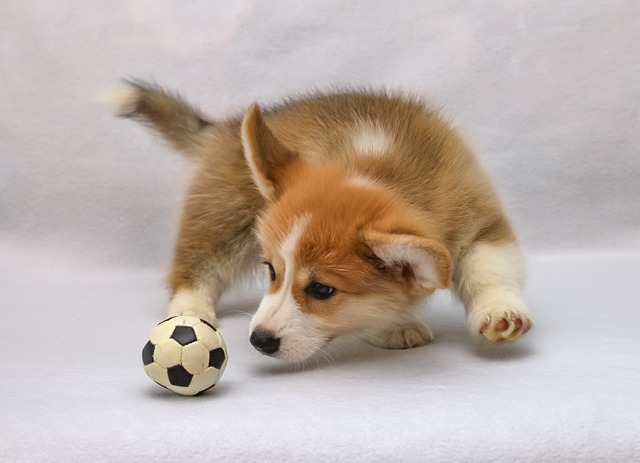When a dog that once bounded and ran freely now struggles to stand up, moves cautiously up and down stairs, or even whimpers in pain, the heartache felt by owners is profound. Hip dysplasia, a congenital disease common in medium and large dog breeds, relentlessly torments our furry companions. Faced with this dilemma, we feel both distressed and anxious, urgently seeking effective treatments. Beyond conventional medical approaches, natural therapies—known for their gentleness and minimal side effects—have become a choice for many owners. Treating a dog’s hip dysplasia through natural means is not only a way to care for their body but also a warm demonstration of our love.
Professionally, hip dysplasia in dogs arises from abnormal development of the hip joint, causing the femoral head and acetabulum to fail to align properly, leading to joint wear, inflammation, and pain. This disease not only affects a dog’s mobility but also worsens over time, significantly diminishing their quality of life. Watching dogs reduce activity due to pain and lose the brightness in their eyes, we resolve to use natural forces to help them alleviate suffering and regain joy.
Dietary adjustment is a cornerstone of natural treatment. Providing nutrient-rich, joint-friendly foods supports joints from within. Omega-3 fatty acids, with powerful anti-inflammatory effects, effectively reduce hip inflammation and relieve pain. Deep-sea fish like salmon and cod are excellent sources of Omega-3s. Steaming fresh salmon, removing bones, and mixing it into the dog’s food allows these nutrients to quietly safeguard joint health as the dog enjoys the meal. Vegetables and fruits rich in vitamins C and E, such as broccoli, carrots, and apples, are also ideal. As natural antioxidants, these vitamins reduce oxidative damage to joint tissues, promote collagen synthesis, and enhance joint flexibility. Chopping these ingredients and mixing them with kibble enriches the diet while aiding joint repair.
In addition to daily meals, natural nutritional supplements bolster joint health. Glucosamine and chondroitin, key components of joint cartilage, promote cartilage cell repair and regeneration, stimulate synovial fluid production, and reduce joint friction. Like lubricating a rusty machine, they restore flexibility to stiff joints. Eggshell membrane powder, rich in minerals, collagen, and hyaluronic acid, helps maintain joint structure and function, further enhancing joint health. When selecting supplements, we carefully review ingredients and instructions, hoping each one will aid in their recovery.

Moderate exercise is crucial for dogs with hip dysplasia but should involve gentle, low-impact activities. Swimming is ideal: water buoyancy reduces hip pressure while building muscle strength and joint stability. Seeing dogs paddle happily in water, enjoying movement, reassures us their joints are being effectively exercised. Short, slow walks are also beneficial, allowing joints to move moderately, improving circulation, and preventing stiffness. Avoid high-impact activities like prolonged stair climbing, fast running, or excessive jumping to prevent worsening joint damage.
A comfortable living environment also aids joint recovery. A soft, thick dog bed with memory foam conforms to the dog’s body, providing comprehensive joint support and reducing pressure during rest. Non-slip mats in frequently used areas prevent slips and secondary hip injuries. Watching dogs sleep peacefully in warm, comfortable beds, we know even small gestures contribute to their joint health.
Massage and physical therapy are effective natural treatments. Owners can learn simple pet massage techniques, spending 10–15 minutes daily gently massaging muscles around the hip joint. Stroking along muscle fibers from the thigh root toward the hip promotes circulation, relieves muscle tension, and reduces pain. Each gentle massage is an act of love, making dogs feel cared for. Heat therapy also helps: applying warm towels or pet-specific heating pads to the hip area improves local circulation and alleviates pain and stiffness. Seeing dogs relax after massage and heat therapy strengthens our resolve to aid them through natural therapies.
Dogs accompany us with lifelong loyalty, bringing endless joy and warmth. When they suffer from hip dysplasia, we respond with love and patience, using natural therapies to ease their pain and improve their quality of life. The process may be gradual, but every thoughtfully prepared meal, patient massage, and gentle exercise session carries our deep affection. May our efforts help dogs regain vitality and continue to joyfully accompany us through many more beautiful moments.






